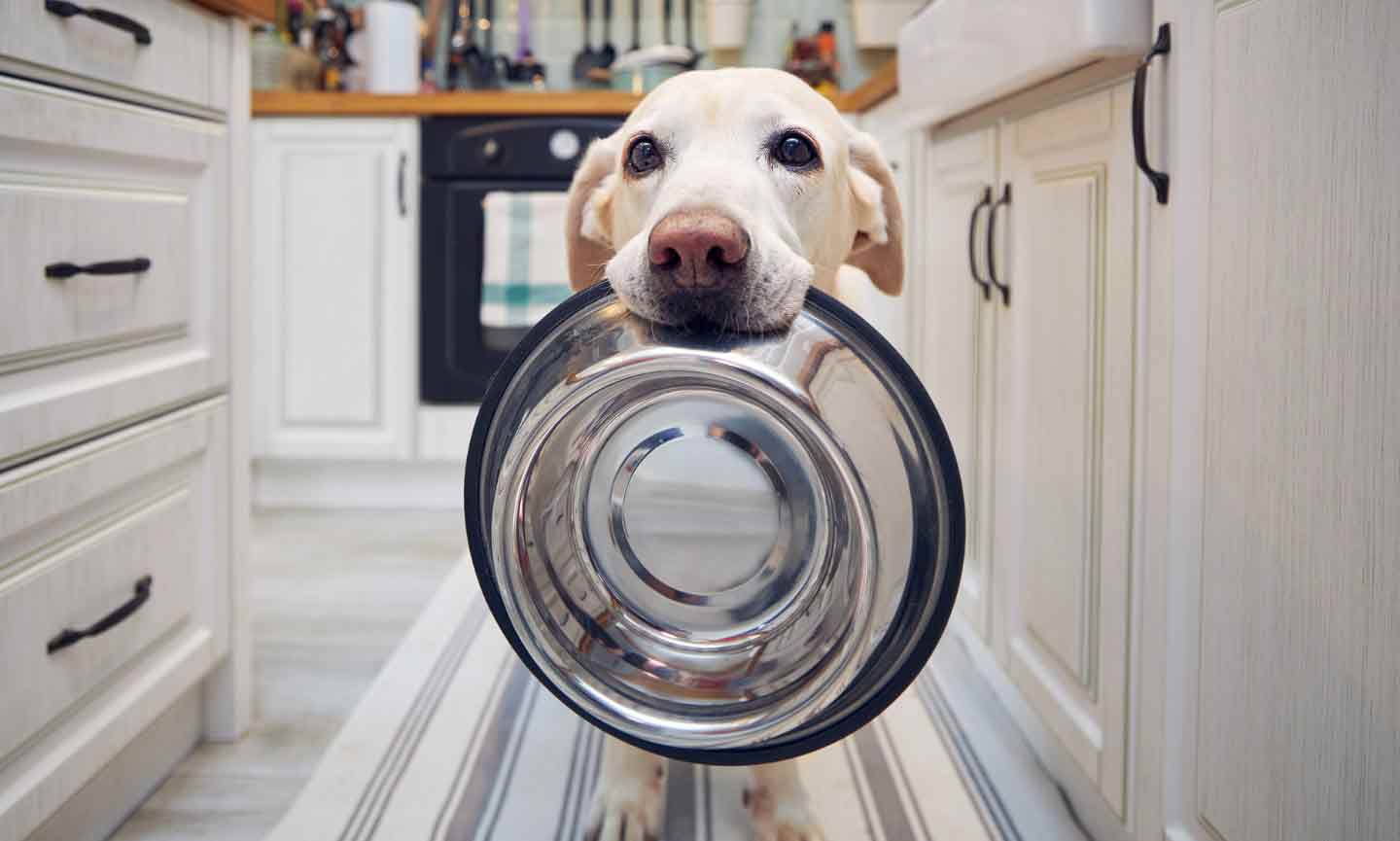When we think about caring for our pets, we often focus on aspects such as nutrition, exercise, and love. However, there is another crucial component that sometimes slips under the radar: the hygiene of their feeding and drinking utensils. Is rarely cleaning your dog’s bowl cruel? This question forces us to confront the delicate balance between hygiene and neglect, pushing us to examine the repercussions of our actions—or inactions—on the well-being of our canine companions.
Let us embark on a deeper analysis of what constitutes cruelty in the context of pet care. The term “cruelty” typically evokes images of overt abuse or neglect. However, it can also include more nuanced behaviors that stem from ignorance, oversight, or complacency. A dog bowl, seemingly mundane and innocuous, can become a breeding ground for bacteria and parasites when left uncleaned for extended periods. This situation unveils the potential for health risks, raising questions about what it means to truly care for our pets.
To start, let’s consider the physiological implications of an unclean bowl. Dogs, like humans, can be susceptible to a multitude of health issues that stem from poor hygiene. When food residue builds up, it becomes a veritable smorgasbord for bacteria. Common pathogens, such as Salmonella and E. coli, thrive in warm, moist environments. The consumption of such contaminated food or water can result in gastrointestinal disturbances—such as vomiting or diarrhea—that not only diminish a dog’s quality of life but can also lead to severe dehydration and, in extreme cases, hospitalization.
The notion of neglect arises when we consider that failure to maintain cleanliness in a dog’s feeding area may not be merely an oversight but an indication of broader issues surrounding an owner’s responsibilities. A clean bowl is a fundamental aspect of proper pet care, akin to having a reliable source of nutrition and regular veterinary check-ups. When one neglects this facet, it can be perceived as a neglect of duty—an unwillingness to prioritize the basic needs of the animal.
Moreover, the act of cleaning a dog’s bowl transcends mere hygiene; it directly affects the animal’s mental and emotional well-being. Dogs thrive on routine, and consistent care, including a clean eating environment, helps cultivate a sense of security and stability. An unclean bowl may project an image of neglect, potentially leading to anxiety or behavioral issues in more sensitive pets. Dogs are astute observers of their surroundings, and inconsistencies in their care can manifest in ways that affect their overall demeanor.
It is essential to consider the psychological plight of a dog eating from a bowl laden with residue. From a behavioral standpoint, a poorly maintained bowl can detract from the pleasure of mealtime—an essential part of any dog’s day. When a pet is forced to consume food from a dingy bowl, it may inadvertently create a negative association with mealtime. Over time, this can lead to disinterest in food, impacting nutritional intake and, by extension, physical health.
Conversely, addressing the hygiene of a dog bowl opens avenues for creating a more enriching, engaging feeding experience. Cleaning the bowl becomes an opportunity for pet owners to nurture their bond with their pet, reinforcing trust and companionship. Furthermore, adopting a regular cleaning schedule cultivates mindfulness as caregivers become attuned to their pet’s needs—both physical and emotional.
However, one might challenge the notion that skipping the occasional cleaning constitutes cruelty. After all, life can be hectic, and the demands of day-to-day can lead to lapses in attention. It’s possible for a loving pet owner to forget to clean the bowl occasionally without it being rooted in cruelty. This raises a critical question: When do benign oversights transition into patterns of negligence? The frequency and context matter significantly. An isolated incident may be forgiven; however, a habitual lack of care delineates a pattern that warrants scrutiny.
The relationship between hygiene and neglect is not solely black and white. It exists within a spectrum where intent, frequency, and impact converge. Recognizing this continuum can empower pet owners to cultivate better habits. Ultimately, the question remains: How do we balance our busy lives while ensuring that the fundamental aspects of pet care do not fall by the wayside? Awareness is pivotal; discussing hygiene openly can foster communal responsibility among pet owners.
Moreover, knowledge is an indispensable tool in combating negligence. Pet owners must become educated about the risks associated with unclean bowls, understanding that such neglect goes beyond simple inconvenience. It can lead to grave medical consequences for their furry companions. Developing a robust cleaning routine that accounts for the material of the bowl—stainless steel, ceramic, or plastic—is essential. Some materials harbor bacteria more readily than others, and understanding this distinction can guide better choices for pet owners.
In conclusion, the act of rarely cleaning a dog’s bowl is not merely a matter of hygiene; it intersects with a broader spectrum of animal welfare, mental health, and owner responsibility. It is essential to recognize the implications of our choices regarding pet care. Adopting a proactive approach to cleaning and maintaining a dog’s feeding environment can create a more nourishing and supportive atmosphere for our pets. Understanding the nuances of neglect can not only enhance the health and happiness of our dogs but also enrich the unbreakable bond we share with these loyal companions.








